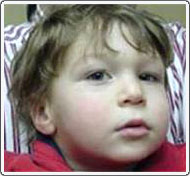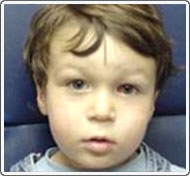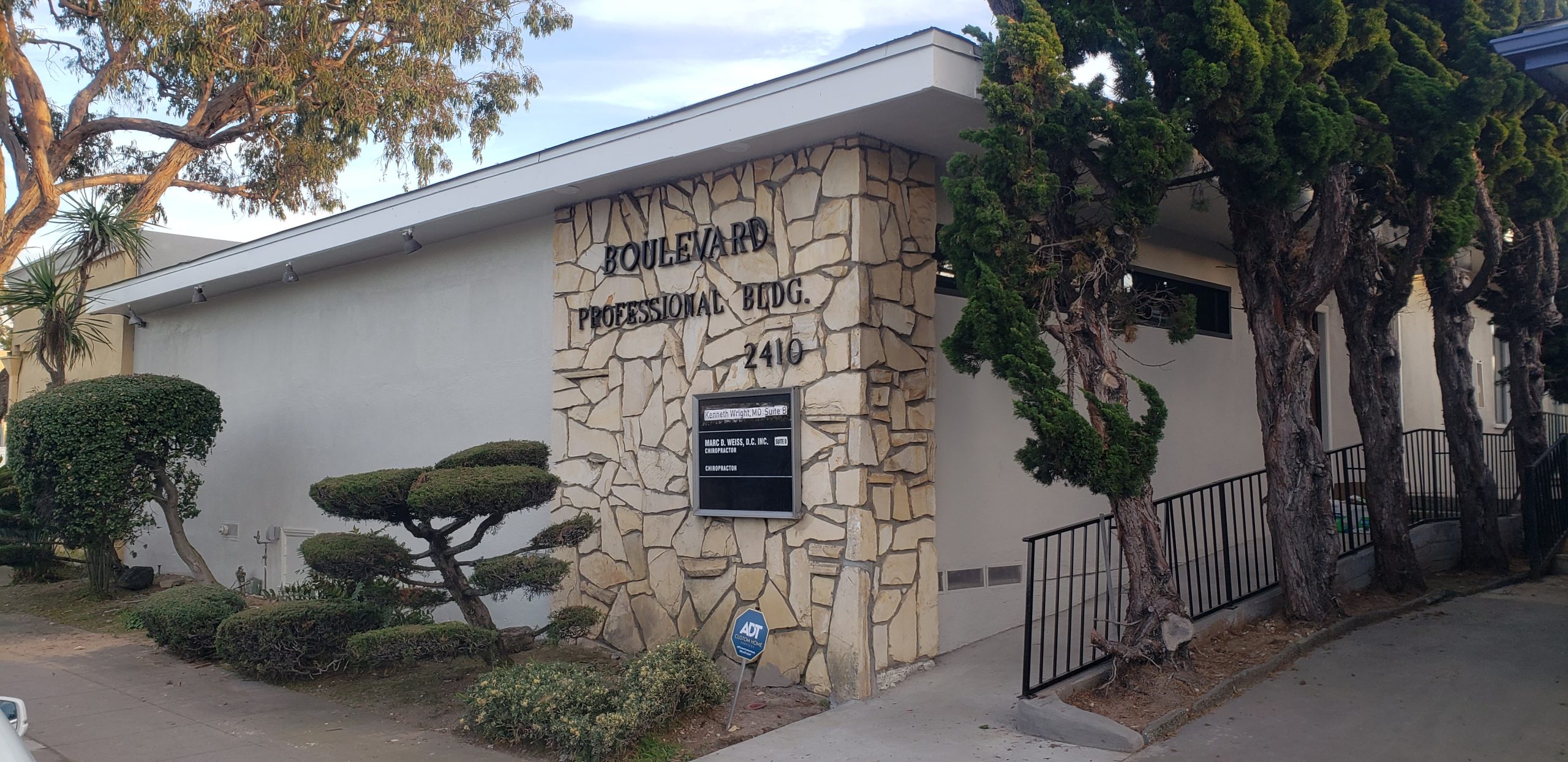Key Points
- Congenital absence of sixth nerve nucleus with abnormal penetration of the lateral rectus muscle by part of the medial rectus nerve
- Contralateral face turn to align eyes
- Limited abduction (rarely binocular)
- Lid fissure narrowing on adduction and lid fissure widening on abduction.
Duane’s syndrome is caused by a congenital abnormality of the sixth cranial nerve nucleus with misdirection of the medial rectus nerve, innervating both the medial rectus and the lateral rectus muscles. Since both the medial and lateral rectus muscles are activated by the nerve to the medial rectus muscle, both muscles fire and contract simultaneously when the eyes attempt to look inward. This co-contraction of the medial and lateral rectus muscles causes globe retraction and lid fissure narrowing.
Most children with Duane’s syndrome adopt a face turn to keep their eyes straight. Strabismus surgery is very effective for correcting the face turn, slightly improving outward eye motion (abduction), but it does not provide full abduction capabilities.
Duane’s syndrome is usually sporadic without systemic manifestations; however, it can be familial. It also may be associated with a variety of systemic diseases including Goldenhars syndrome, Klippel-Feil’s syndrome, and prenatal exposure to Thalidomide. Duane’s syndrome, however, is most often sporadic and of unknown cause.
Duane’s Syndrome Type 1 – Esotropia (ET) (limited abduction with intact adduction)
Clinical Features
- Ipsilateral face turn
- Esotropia in primary position
- Abduction deficit
- Lid fissure narrowing in adduction, widening in abduction
Treatment
- Indication for surgery is the significant face-turn
- Surgery = Recess the ipsilateral medial rectus muscle.
Example:
Figures shows an example of a left ET Duane’s Type 1 with eyes shifted to the right and a large compensatory face-turn to the left. The left eye has poor abduction.

Left Duane’s syndrome with eyes right and face turn to the left. Good eye alignment and binocular fusion with eyes in right gaze. Note the narrow lid fissure left eye.

Post-operative day 3 after surgery. The eyes are straight in primary position and the face turn is gone.
Duane’s Syndrome Type 2
Duane’s Type 2 is identified as good abduction with poor adduction. These cases are very rare (if they exist at all), and most cases are actually Duane’s Type 3.
Duane’s Syndrome Type 3 – Exotropia (XT)
Clinical Features
- Contralateral face-turn
- Exotropia in primary position
- Abduction and adduction deficit (eye does not move much)
- Lid fissure narrowing in adduction, widening in abduction
- Up-shoot and down-shoot are frequent
Treatment
- XT and contralateral face-turn = perform an ipsilateral lateral rectus recession.
- No face turn but severe co-contraction and lid fissure narrowing on attempted adduction = perform an ipsilateral medial rectus recession and ipsilateral lateral rectus recession.
- Up-shoot and down-shoot on attempted adduction
- Usually type 3 Duane’s with abduction and adduction deficit
- Lid fissure narrowing in adduction, widening in abduction
- Upshoot and downshoot without a face turn = perform an ipsilateral medial rectus recession and ipsilateral lateral rectus recession with a Y-split of the recessed lateral rectus.
- XT and contralateral face-turn with an upshoot and downshoot = perform an ipsilateral lateral rectus recession with Y-split.
Duane’s Syndrome with Upshoot and Downshoot
These patients have severe co-contraction and globe retraction usually with marked lid fissure narrowing on attempted adduction. The upshoot or downshoot of the Duane’s eye may be due to co-contraction of the lateral rectus muscle with slippage above and below the globe or aberrant innervation of the vertical muscles with part of the medial rectus nerve.

